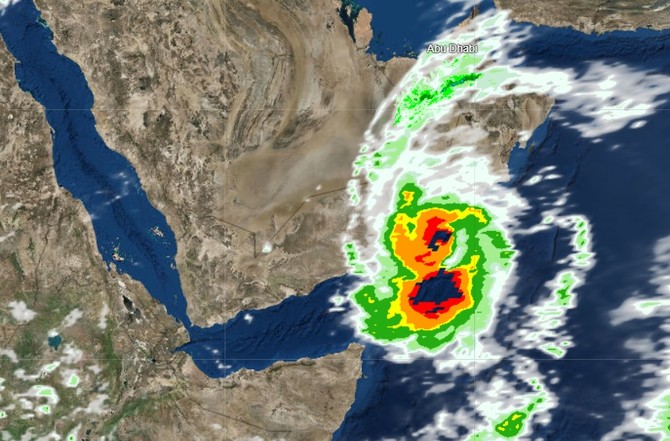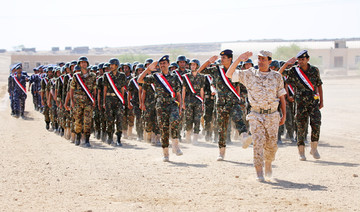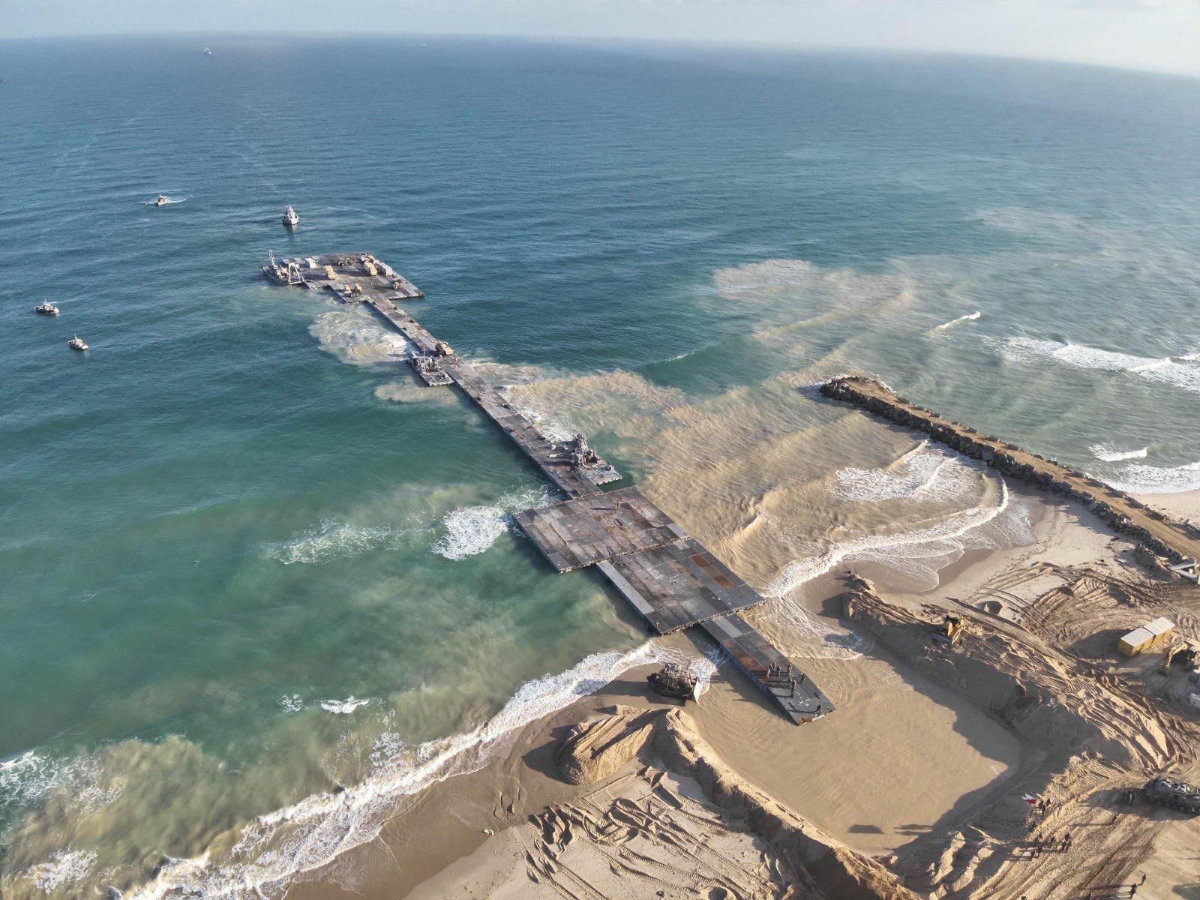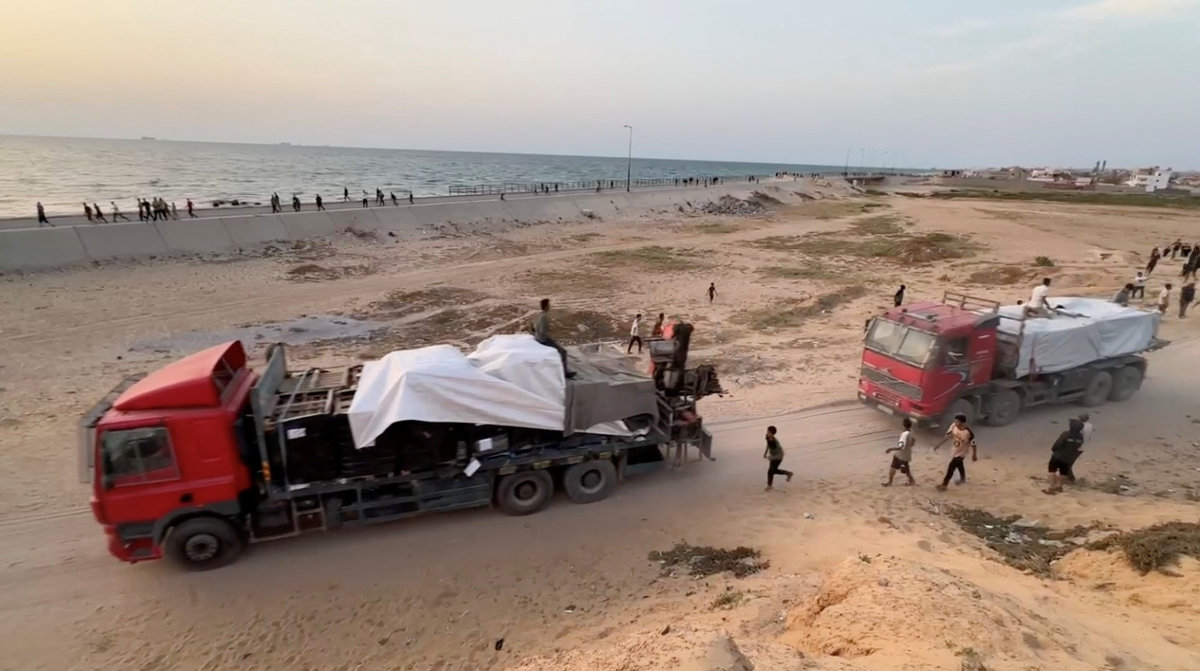DUBAI: Oman’s popular tourist destination Salalah could be pounded by winds of up to 167 kilometers per hour if Cyclone Mekunu continues on its current path, a weather expert has told Arab News.
The cyclone – which has already pummeled Yemen’s UNESCO-protected Socotra island – has intensified to category two with winds reaching speeds of up to 170kph.
Yemen’s meteorology center warned on Friday that the cyclone “will sweep the eastern coast in the coming hours.”
Meanwhile Oman’s Public Authority for Civil Aviation (PACA) issued a statement on Friday morning stating that the cyclone was around 150km away from the southern city of Salalah. They also urged people to take “strict precautions” and to stay away from the coast.
مقطع عمودي ثلاثي الأبعاد من رادار الطقس لكتلة السحب التي تؤثر على مستويات مختلفة من الغلاف الجوي
3D Vertical cross section for the clouds band affecting Dhofar governorate at different layers of the atmosphere
#مستجدات_الحالة_المدارية_مكونو #عمان_مستعدة
#Mekunu pic.twitter.com/KN1KjosLgW— الأرصاد العمانية (@OmanMeteorology) May 25, 2018
Strong gale winds and heavy rainfall are expected to hit the costal areas of Dhofar on Friday the statement read, with warnings of flooding.
Salalah Port has been evacuated and will remain closed for the next 72 hours. While maximum wave height has been predicted to go as high as 12 meters with expected rising sea level.
Director of Meteology at the UAE weather center, Mohamad Al-Ebri, told Arab News on Friday that the cyclone is expected to reach the southern coast of Oman within the next 12 hours, however it is possible that by then the cyclone catagory would have gone down to level one again.
Authorities annouced that Salalah International Airport will remain closed for an additional 24 hours on Friday due to the severe weather conditions caused by the cyclone.
#Mekunu now a very severe cyclonic storm passing east of #Socotra. Storm will make landfall near the #Yemen/#Oman border on Saturday. Flooding and wind damage likely with widespread rainfall over 250mm (10 inches) along the border. pic.twitter.com/A9PixYHWAc
— Jason Nicholls (@jnmet) May 23, 2018
‘Disaster area’
Hundreds of people were evacuated from their homes after the Cyclone hit the Yemeni island of Socotra on Wednesday night, causing severe flooding and damage to houses, officials said.
The governement declared the island a “disaster area”, calling for urgent assistance to those affected by the floods.
There were also reports of six boats which sank – four at sea and two in the port – as the cyclone passed.
Officials say preliminary figures show 40 people — among them Yemeni, Indian and Sudanese nationals — are missing after Cyclone Mekunu battered the island.
The officials said on Friday that over 230 families had been relocated to shelter in sturdier buildings and other areas, including those more inland and in the island’s mountains.
They say floods swept Socotra streets, washed away thousands of animals and cut electricity and communication lines. Some humanitarian aid from Saudi Arabia and the UAE arrived just hours after the cyclone receded.
The Government declares Socotra a disaster area. Urgent assistance is needed to people who affected by the floods. pic.twitter.com/t6Qoy65TE7
— Yemen Embassy Vienna (@ViennaYemen) May 24, 2018
Mohammed Saeed Hameed Assistant of the Under Secretary of the National Center of Meteorology of Yemen (NCMY), told Arab News there had been a number of warnings sent out in the last week.But he said not everyone had been aware of the cyclone as it approached.
“We have notified people, however the problem is the information does not always reach everyone, like those who were out at sea…. Two boats have sunk and 11 people are missing,” Hameed told Arab News.
More updates from the #CycloneMekunu in #Socotra. So far 17 people dead and over 200 families moved and 2 ships drowned off the island. One of the most devastating cyclones akin to the one #Socotra experienced in 2015, which destroyed much of its roads and infrastructure. pic.twitter.com/H2tMUZKKQF
— Fatima Alasrar (@YemeniFatima) May 23, 2018
“There is a lot of false information being shared on social media,” Hameed warned. “People must get the correct information from officials such as ourselves.”
He said already the northeast and east sections of Socotra was the worst affected.
He said they expected the storm to reach the coastal cities of Yemen in Mahrah, Hadramaut and then on towards Salalah.
“We urge local officials in coastal towns to warn people of the cyclone. They must alert schools, mosques, hospitals and local community centers.”
Oman prepares for the worst, hopes for the best
In neighboring Oman, authorities announced through the official news agency they were taking “necessary precautions” in case the cyclone hits the Gulf sultanate.
Rainfall had already been reported on Thursday afternoon in the province of Dhofar, southern Oman.
James Hewitson, general manager of the five-star hotel Al-Baleed Resort Salalah by Anantara, told Arab News they were expecting the situation to worsen over the coming days.
“The wind has picked up since this morning.”
He said the hotel staff were preparing for the worst outcome, ensuring there was enough fuel to power the generators, should the main electricity supply be cut.
“We have taken all precautions in terms of securing all areas of the building to keep our guests safe,” Hewitson explained.
He said the hotel was well stocked for food and water and that at least one of the restaurants would remain open.
“We have about 50 guests staying with us at the moment,” Hewitson told Arab News. “Some are leaving tonight, some have chosen to leave and we are offering to compensate them with our sister hotels across Oman”
“At the end of today I expect I will have something between 40 to 50 guests staying… We have 250 staff members.”
He explained that representatives from the Ministry of Tourism had visited in the morning.
“We have already taken down our outdoors furniture, and anything that is not bolted down has been put away so that the winds don’t blow them into anyone and hurt people like glass tables or umbrellas.”
And he added that Muscat civil defense had sent a team to support in Salalah.
“We have taken all precautions in terms of securing all areas of the building to keep our guests safe.”

An image grab taken from an AFPTV video shows people walking through flood water as they evacuate a flooded area during a cyclone in the Yemeni island of Socotra.
“Calm before the storm”
People were advised to avoid going out to sea following warnings off Oman’s southern and south coast of rough conditions with waves reaching heights of between five to eight meters.
Speaking to Arab News from Salalah, event organizer Abdulaziz Ahmed Yousuf Al-Amri said people were preparing for the worst.
“There are some parts of Salalah that have heavy rain… The weather is okay at the moment - but it feels like this is the calm before the storm.”
“We are praying that it will not be bad and will pass without any major impact.”
“But everyone is worried about what might happen, so they are getting ready,” Al-Amri added.“They are stocking up on water and food, just in case something bad does happen… They are putting gas in their cars.”
(Additional reporting by Peter Harrison, Rommer M. Balaba and AP)
























